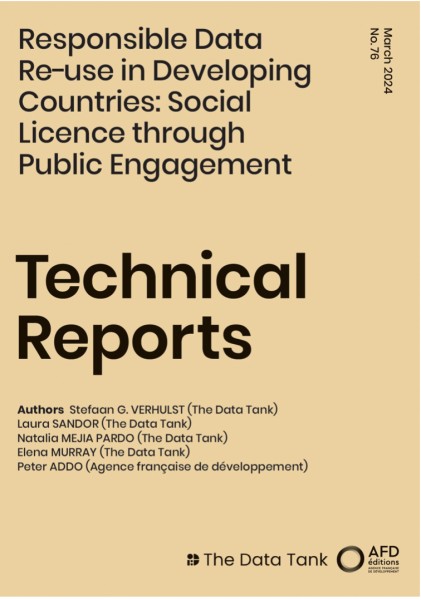Interview by Vittoria Elliott: “Earlier this month, Meta announced that it would be shutting down CrowdTangle, the social media monitoring and transparency tool that has allowed journalists and researchers to track the spread of mis- and disinformation. It will cease to function on August 14, 2024—just months before the US presidential election.
Meta’s move is just the latest example of a tech company rolling back transparency and security measures as the world enters the biggest global election year in history. The company says it is replacing CrowdTangle with a new Content Library API, which will require researchers and nonprofits to apply for access to the company’s data. But the Mozilla Foundation and 140 other civil society organizations protested last week that the new offering lacks much of CrowdTangle’s functionality, asking the company to keep the original tool operating until January 2025.
Meta spokesperson Andy Stone countered in posts on X that the groups’ claims “are just wrong,” saying the new Content Library will contain “more comprehensive data than CrowdTangle” and be made available to nonprofits, academics, and election integrity experts. When asked why commercial newsrooms, like WIRED, are to be excluded from the Content Library, Meta spokesperson Eric Porterfield said, that it was “built for research purposes.” While journalists might not have direct access he suggested they could use commercial social network analysis tools, or “partner with an academic institution to help answer a research question related to our platforms.”
Brandon Silverman, cofounder and former CEO of CrowdTangle, who continued to work on the tool after Facebook acquired it in 2016, says it’s time to force platforms to open up their data to outsiders. The conversation has been edited for length and clarity…(More)”.

